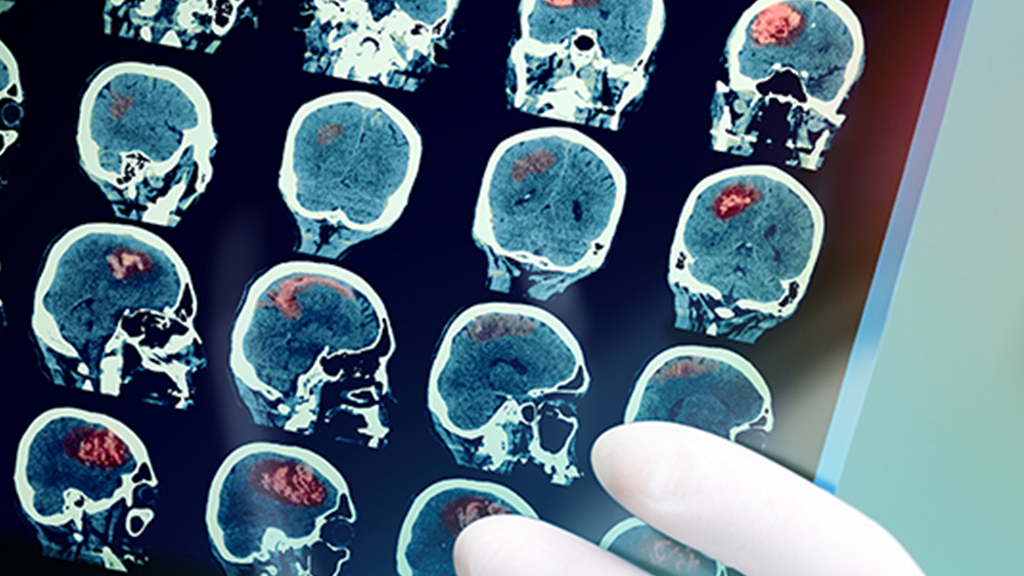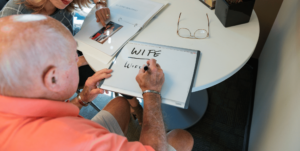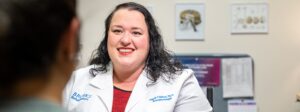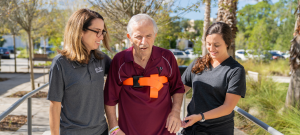Understanding Disorders of Consciousness

Back to physical health resource hub
By: Holly Medearis, BSN, RN
Charge Nurse 2R Brain Injury/Pediatrics
Brooks Rehabilitation
Concussions are frequently featured in the news and in movies as coaches, players and families deal with the effects. Many people, however, don’t realize concussions are a form of brain injury. While concussions have become the popular topic, they are only one type of acquired brain injury.
Acquired brain injuries range in severity from mild (such as a mild concussion) to severe (coma). Falls are the leading cause of Traumatic Brain Injuries (TBI), accounting for nearly 40% of all TBIs in the US. The next leading cause is unintentional blunt trauma, which can include sports injuries. Motor vehicle crashes come in third.
Treatments vary depending on the severity of the injury, the location and on the individual. Everyone is unique and these injuries are unique as well. It is crucial that treatment be customized to the individual, especially those with a disorder of consciousness.
Disorders of consciousness are defined as any change from complete awareness to no awareness of the environment. They can range from a coma to a minimally conscious state, where an individual shows signs of alertness and awareness. At Brooks Rehabilitation Hospital, we have a special Response Evaluation Program (REP) for patients with a disorder of consciousness. Patients are assessed and monitored over a two-week period to allow for a comprehensive understanding of their needs. At Brooks, we combine intensive therapy from neurological experts with intensive family training.
Sometimes a patient with a disorder of consciousness will “emerge,” meaning they heal enough that they become conscious and are interacting with their environment. Those who emerge are often still confused and still require extensive rehabilitation. If a patient emerges while at Brooks, they are more likely to actively participate in a variety of therapies including physical, occupational, speech and cognitive. The patient will continue to receive medical and nursing care, as well.
If the patient does not emerge during the REP, family training empowers caregivers to care for their loved one at home until they may be ready for intensive rehabilitation. Often, family members have many fears and concerns about caring for their loved one at home. Our Brooks clinicians ensure that when they leave, they are prepared and educated about all aspects of their loved ones’ brain injury.
The most important thing to remember about brain injuries is that they take a long time to heal and everyone’s recovery is unique. When someone breaks a bone, we know it will take a few weeks to a couple of months to heal. Brain injuries can take years to heal. Finding the most appropriate care setting at the appropriate time throughout recovery is crucial to ensuring the best outcomes.


